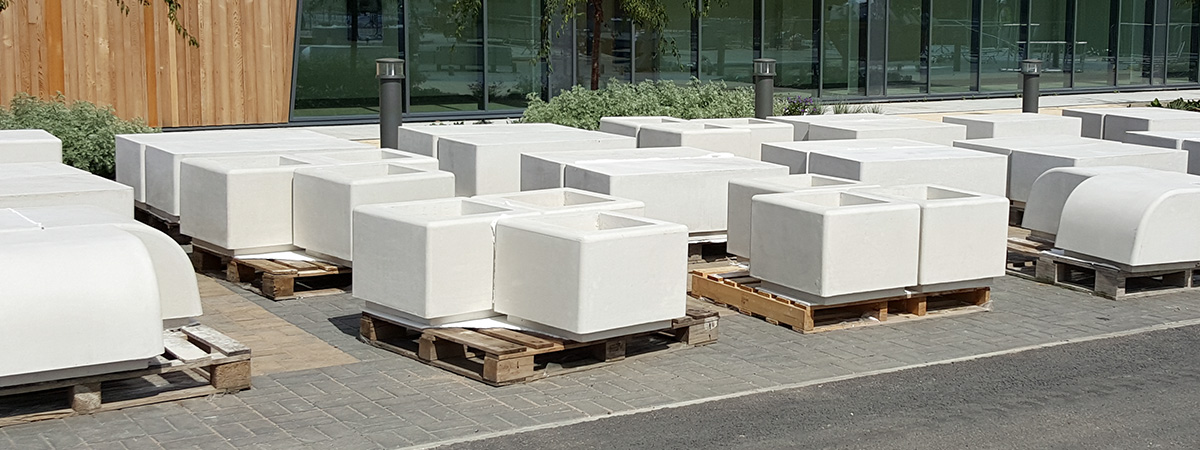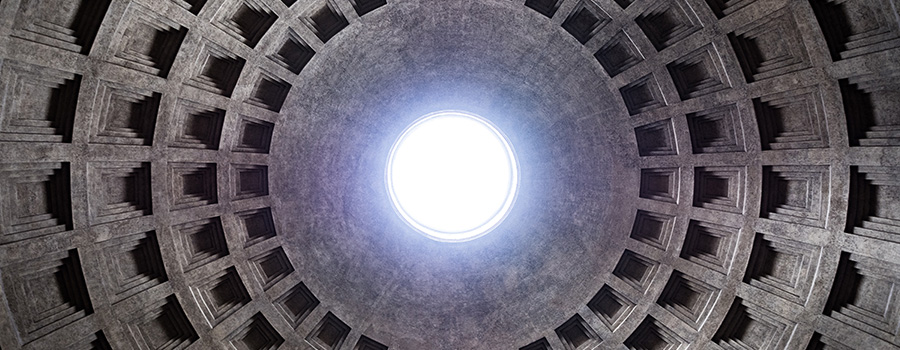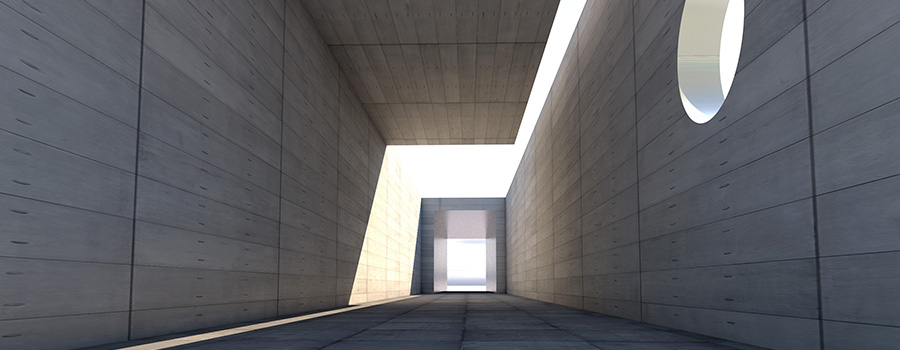Is the future set-in concrete?

In the current era of ‘green construction’, many are questioning our use of materials in manufacturing and design and asking how sustainable concrete really is? Our country in particular is held together with concrete, our schools, our homes and our infrastructure, all rely heavily and sometimes solely on concrete.
The major component of concrete is cement. The cement industry is not only one of the primary producers of carbon dioxide across the world, but it also causes extensive damage to the most fertile layers of the earth, the topsoil. Next to coal-powered electricity, the manufacture of cement is the next biggest emitter of greenhouse gases accounting for in excess 5% of the annual emissions.
Concrete is the second most used material on earth after water. It has been a successful building material for thousands of years however the continued concrete production contributes detrimentally to our carbon emissions.
The largest ever, unreinforced concrete dome construction is the Pantheon in Rome which is over 2000 years old. However, despite its obvious success in the design and construction industry our increasing scrutiny of our environmental choices has led concrete to once again be questioned as a sustainable product for the future leading to new innovations and research.

When considering climate change, designers, architects and research institutes globally are pondering concrete and what it could become. We must also consider its inherent resilience against climate change it so readily contributes to. Concrete performs well against flooding and storm damage; it does not require treatment for rot and infestation. It is both cooling and fire retardant. It is durable and can be recycled and repurposed. In short it is efficient.
Concrete is also versatile. It can be 3D printed, cast in a factory or in slip form. When considering our dense living standards and population growth it should also be noted that concrete is a perfect insulator of heat and sound.
There are many innovations for concrete underway, researchers are generating possibilities for this important building material and striving to find its place within a greener manufacturing future.
Interestingly the potential of 3D concrete is being explored. 3D concrete printing is a form of manufacturing used to fabricate buildings or construction components. It is now possible to create new shapes not previously possible with traditional concrete. It allows for prefabrication off site under automated conditions which of course saves both money and time. Other significant benefits include lower material consumption, less waste, faster manufacturing times and a greater degree of design freedom. 3D printed concrete has a higher productivity and a lower need for labour.
Other exciting advances include Bioreceptive concrete, insulating concrete, Graphene based concrete, Self-healing concrete and more.
Bioreceptive concrete has been developed to be hyper-porous and holds water much like a sponge. The concrete is made up of predominantly recycled material as well as nutrients to feed plants. Each panel of concrete has deep indents to allow plants to take root.
Graphene based concrete was designed in order to reduce CO2 emissions. UK scientists have discovered a way to incorporate super strong graphene into regular concrete. This process greatly strengthens and improves water resistance. The composite material is more than twice as strong and four times more resistant.

The challenges that we face within our built environment are not going away. As our population continues to rise, so does the demand we make on our buildings, infrastructure, and street furniture. We must build resilience to climate change if we are to be able to deal with overheating and flooding, storms, and extreme weather. High density living will only exacerbate our demands and weaknesses. Our manufacturing must be low carbon, and efficient without compromising stability and safety.
Concrete can take on many forms in the future and is highly versatile. It can be curved or textured. Shaped and smooth, polished, or rough. Design wise the possibilities are endless, climate wise there is hope!
For more information on the Bailey Street Furniture Group please contact their team on 01625 322888 or email enquiries@bsfg.co.uk. To view the company’s range of high-quality street furniture, visit their website www.bsfg.co.uk